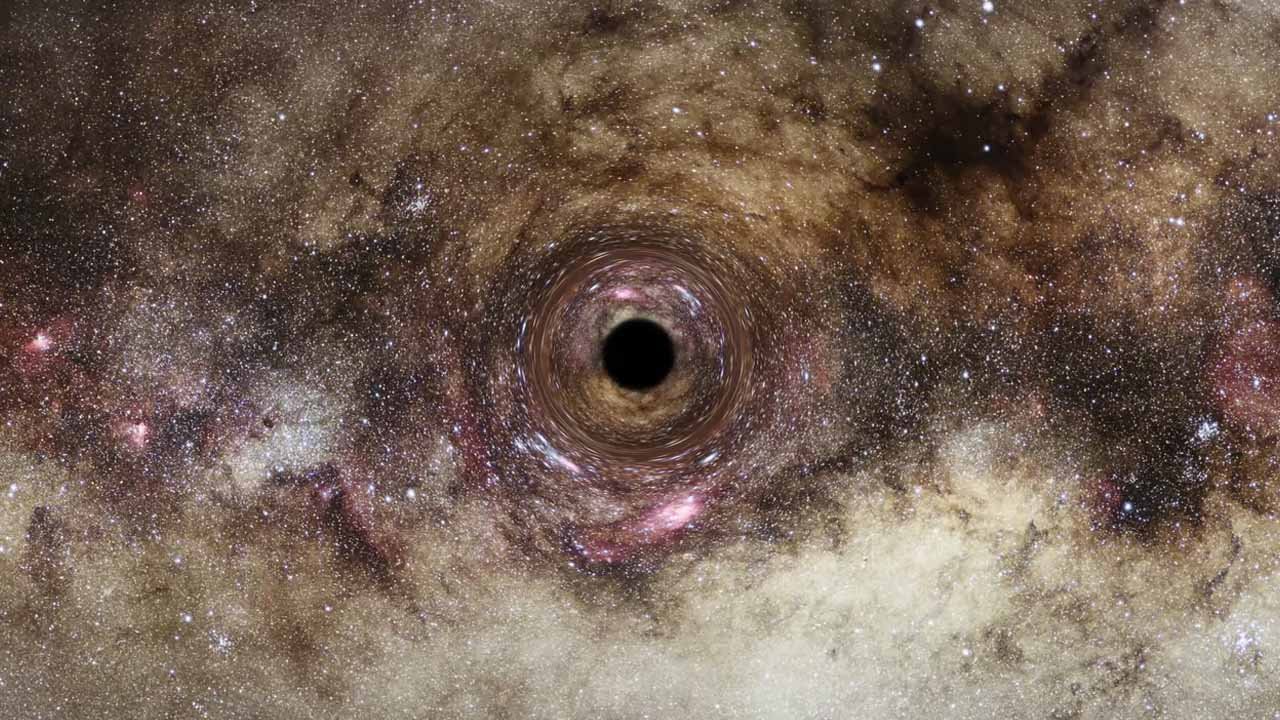In a recent discovery, British scientists have found one of the largest black holes ever recorded by humanity.. In a study published in the scientific journal Monthly Notices of the Royal Astronomical Society, The researchers explain that it is a black hole with almost 33 billion times its mass. Sun.
In the study, astronomers from the University of Durham, England, explain that they used the DiRAC COSMA8 supercomputer to analyze thousands of simulations of light’s journey through the universe using real data captured by NASA’s Hubble Space Telescope.
The ultramassive black hole is exactly 32.7 billion times the mass of the Sun and is located at the center of the elliptical galaxy Abell 1201 BCG, about 2.7 billion light-years from planet Earth.. It was found with the help of gravitational lensing in the region – gravitational lensing consists of perturbations in space-time caused by the gravitational field of large objects such as galaxies.
This technique was first used to find a black hole, but gravitational lensing has already helped scientists discover data from supernovas, distant galaxies, and even lone stars. In the study, scientists used gravitational lensing of the region to measure data from the ultramassive black hole.
Gravitational lensing and black holes
“This particular black hole, with more than 30 billion times the mass of our sun, is one of the largest ever detected and is at the upper limit of the size we believe black holes can reach, so it’s an exciting discovery,” he said. lead author of the study, Dr. James Nightingale in physics at Durham University.
The study was published last week, however, the discovery was first made in 2004 by astronomer Alaistar Edge while analyzing images of different galaxies and detecting a large gravitational lensing arc in the region. Durham.
Currently, the largest black hole ever found is TON 618, which has a mass of about 66 billion times that of the Sun. Durham University has also released a video showing how they found the black hole using a gravitational lens in the elliptical galaxy Abell 1201 BCG – astronomers claim this approach will help detect black holes much further away.
Source: Tec Mundo
I’m Blaine Morgan, an experienced journalist and writer with over 8 years of experience in the tech industry. My expertise lies in writing about technology news and trends, covering everything from cutting-edge gadgets to emerging software developments. I’ve written for several leading publications including Gadget Onus where I am an author.













